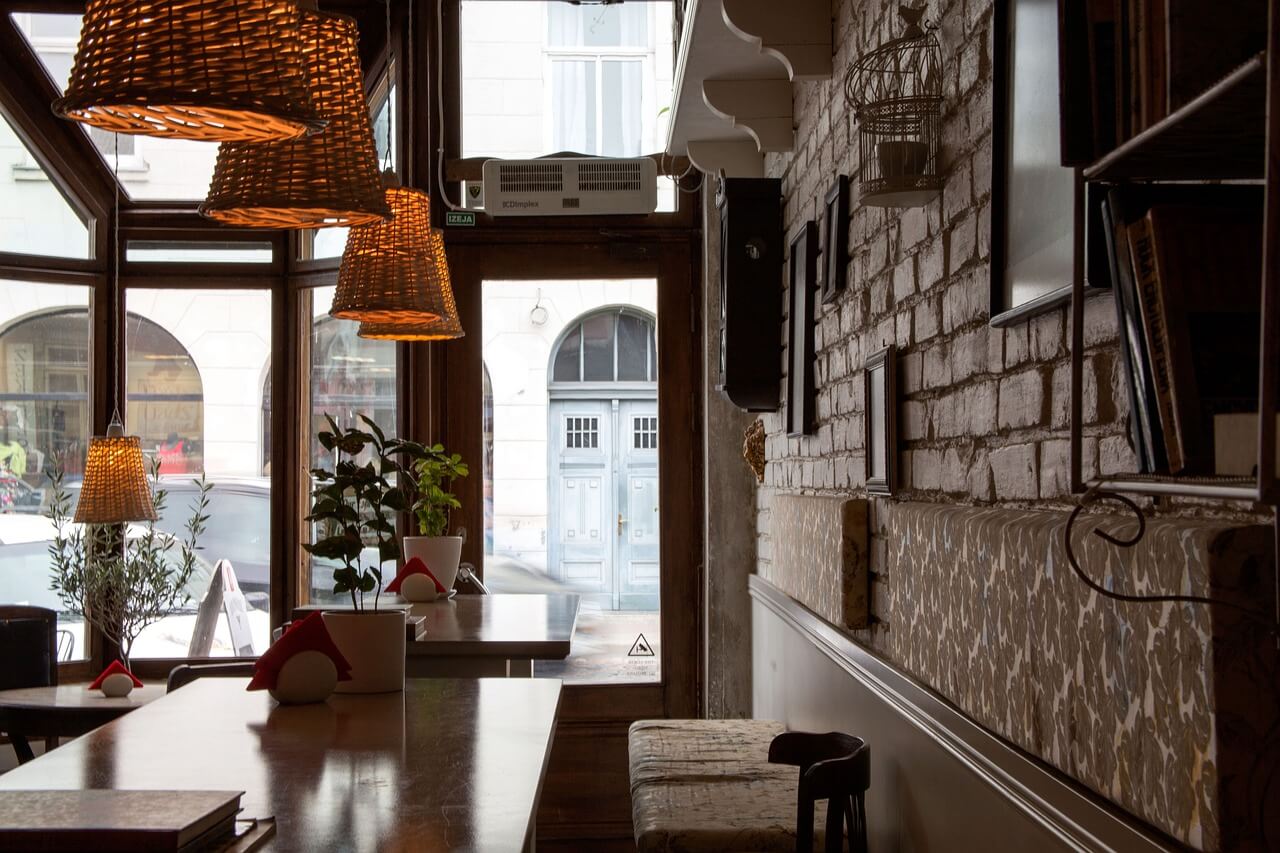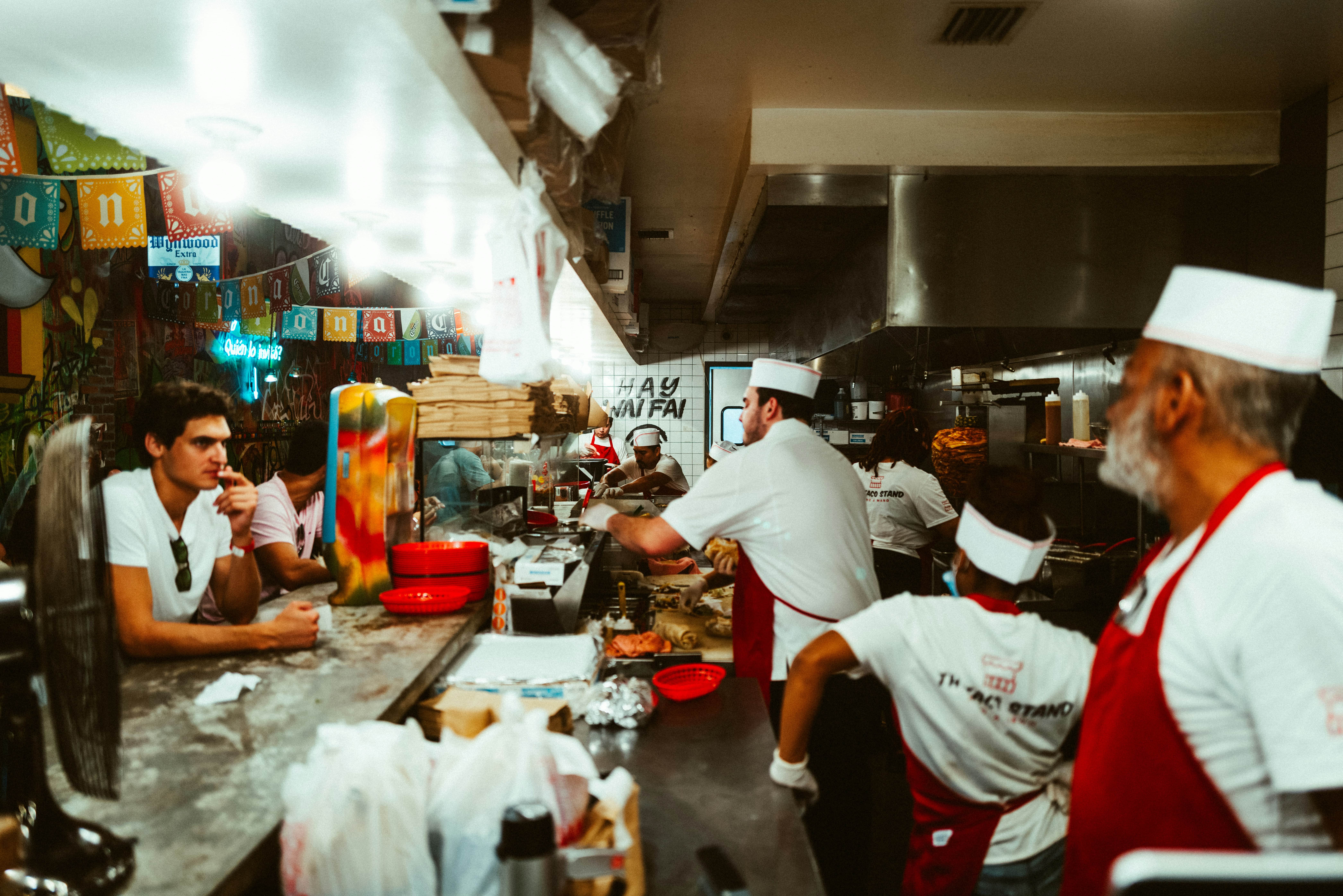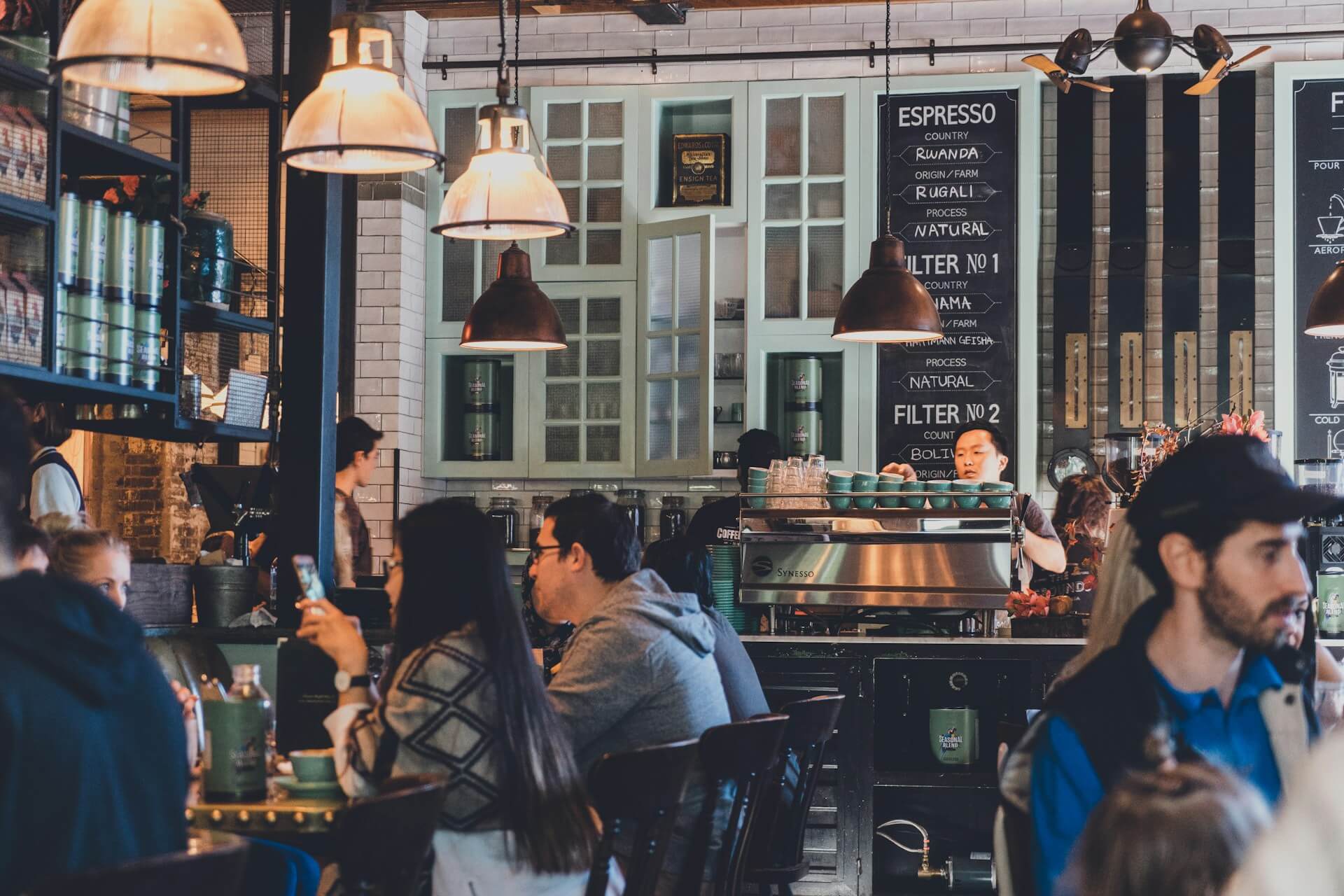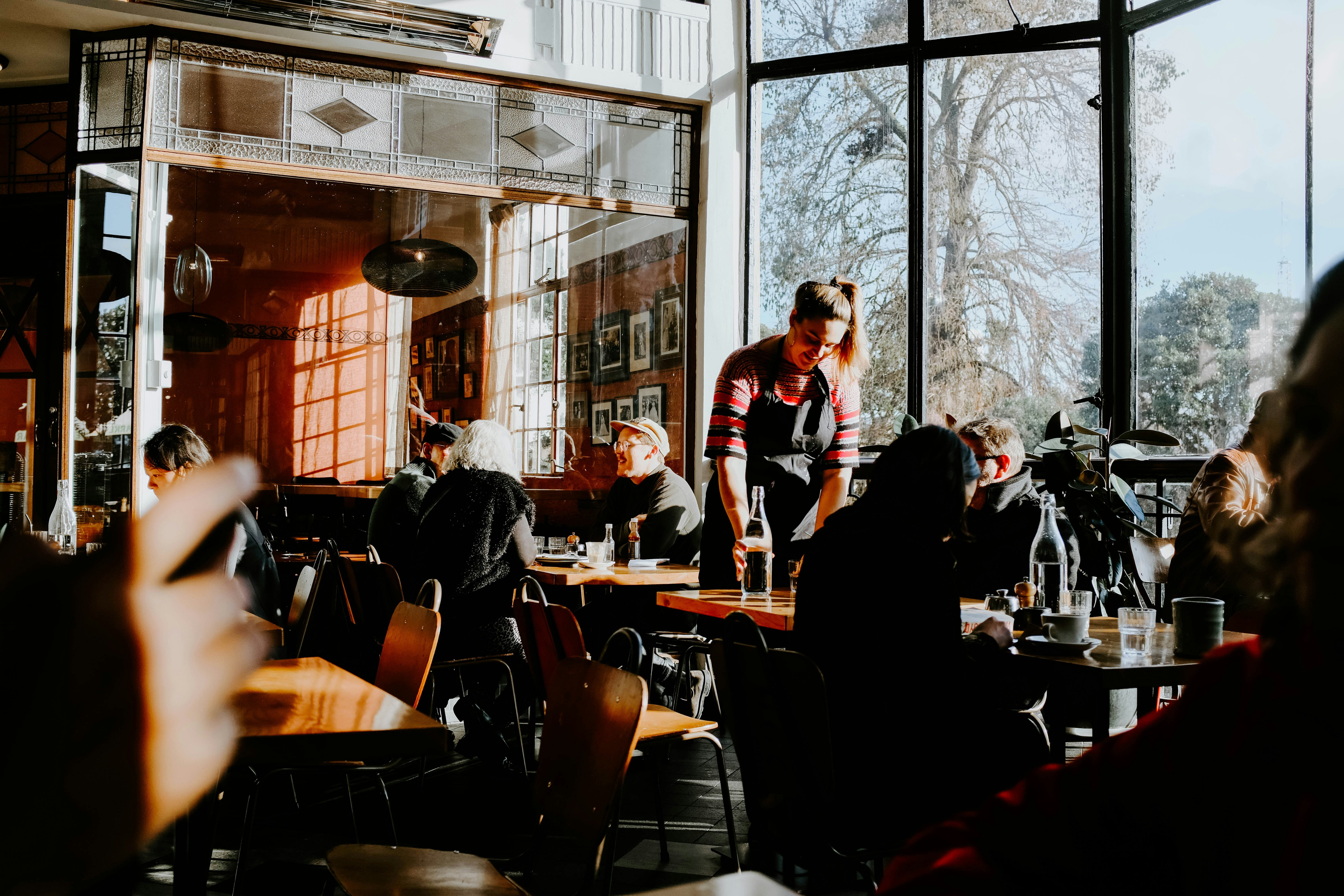Expanding to new sites is a great sign of success, but it comes with its own set of unique challenges. From operational complexities and staff management to introducing new tech such as restaurant inventory management software – growing businesses and enterprises have a lot to juggle. While managing multiple restaurant locations can seem daunting, with the right restaurant Standard Operating Procedures (SOPs) and tools, businesses can ensure smoother operations and continued growth.
In this blog, we'll explore the question of how to manage multiple restaurant locations, covering the following:
- Challenges of managing multiple restaurant locations
- Creating a standardised operating procedure
- Restaurant table management for multi-location restaurants
- Hiring the right people
- Improving employee communication
- Conducting restaurant evaluations
- Equipping restaurant general managers with essential tools
- Integrating seamless technology solutions
- FAQs
Key issues: The challenges of managing multiple locations
Creating a consistent dining experience across locations
One of the biggest hurdles when first expanding is ensuring that customer service doesn’t decline – from maintaining the same quality of food and service, to a consistent ambience across all sites. Understanding how to manage multiple restaurant locations effectively can help address variations in training, local supply chains, and even regional customer preferences.
Managing and tracking performance at multiple locations
Keeping an eye on performance can be tricky. Metrics like sales, customer satisfaction, and operational efficiency are important, but more difficult to monitor when managing restaurants at different locations – especially if each site uses different systems.
Communication with staff across various branches
With more locations, there are more staff to manage, and communication is at the heart of keeping staff morale high. Knowing how to manage multiple restaurant locations is important in preventing miscommunications that lead to errors and inefficiencies.
Balance time and attention across sites
Restaurant general managers may struggle with addressing the right tasks at the right time. Dividing their time and attention among different locations can lead to mismanagement of priorities, and addressing issues at one site can often result in neglecting others.
Set the foundation: Creating a standardised operating procedure
Managing multiple restaurant locations successfully requires a solid foundation of standardised procedures. By using the same processes across all sites, businesses can keep things consistent, efficient, and high-quality in every part of their operations. Find out how to address the biggest challenges when scaling to new locations.
Payment processing
Having the same payment processing system simplifies transactions for both staff and customers – from streamlining financial tracking and reporting to simplifying the management of revenue and expenses across multiple locations.
Customer service
Standardised customer service procedures ensure every guest receives the same level of care and attention, no matter which location they visit. Training staff to handle customer interactions with consistent quality will improve overall customer experience.
Personal hygiene
Maintaining high standards of personal hygiene is a must in the hospitality industry and part and parcel of restaurant SOPs. Establishing clear hygiene protocols in cafes and bars ensures consistent cleanliness standards – vital for food safety and customer satisfaction.
Equipment handling
Offering training in proper equipment handling procedures will minimise the risk of damage while ensuring all locations operate efficiently – an important part of managing restaurants. Training staff on the correct use and maintenance of equipment helps reduce downtime and revenue loss caused by mishandling and equipment breakage.
Menu production
Implementing a standardised menu ensures dishes are prepared the same way across all sites. This includes everything from ingredient sourcing and recipe to portion sizes and presentation.
Customer complaint management
A standardised approach to handling customer complaints ensures issues are resolved promptly and consistently. This helps maintain customer trust and satisfaction.
Key criteria: Hiring the right people
Hiring the right people is crucial to guarantee excellent customer service – as representatives of the business and brand. There’s a lot that goes into building the right team. Here are key qualities to consider when hiring:
- able to provide excellent customer service
- shows a strong work ethic
- has industry-specific experience
- demonstrates effective communication skills
- thrives in a fast-paced environment
- possesses problem-solving skills
- is flexible in handling various roles and tasks.
Delegation
In a busy restaurant, bar, or cafe, no one person can do it all. Delegating tasks helps spread responsibilities evenly and keeps things running smoothly. Here’s how it looks in practice:
Front of house vs back of house: Clearly define roles for front-of-house staff (servers, hosts, bartenders) and back-of-house staff (chefs, kitchen assistants).
Shift leaders and supervisors: Appoint shift leaders or supervisors to oversee different areas or times of operation. They can take care of immediate issues and deadlines, so managers can focus on operational issues.
Task rotation: Rotate tasks among staff members to keep everyone flexible and engaged. This also helps cover shifts when someone is absent.
Regular training: Provide continuous training and development opportunities so staff can take on delegated tasks. This keeps skills fresh and allows for smoother transitions when roles change.
Clear communication: Maintain open lines of communication to ensure everyone understands their duties. Use briefings before shifts to outline specific responsibilities and expectations for the day.
Why it’s important: Conducting regular restaurant evaluations
Conducting regular restaurant evaluations is an important part of how to manage multiple restaurant locations and ensure the business is meeting set standards. This is often done through secret shoppers who can provide feedback on customer service, turnaround times, cleanliness, and more.
Regular evaluations are standard in restaurant operating procedures and help restaurant general managers address problem areas.
The right tech: Integrating seamless technology solutions
Integrating new technology that works effortlessly with existing systems simplifies the process. Here are some key points to consider:
- Integrated EPOS system: Choose systems, like a payment or point of sale system, that integrate with the existing setup, making the transition seamless and swift.
- Restaurant inventory management software: Track stock levels, minimise waste, and streamline ordering processes with inventory systems.
- Online reservations: Create reservation systems that sync with the existing EPOS and calendar – this offers a smooth booking process and reduces no-shows.
- Customer Relationship Management (CRM): Explore CRM tools to track customer behaviour, spot patterns to better target the right customers and use the data to optimise loyalty programs.
- Employee scheduling tools: Opt for scheduling software that integrates with payroll and attendance systems to simplify shift planning.
- Real-time analytics: Deep dive into analytics for real-time data on sales, customer behaviour, and operational efficiency.
Restaurant table management for multi-location restaurants
Managing restaurant tables efficiently is a must, especially when there are multiple locations to keep track of. A good restaurant management system plays a key role in this. Here's how advanced restaurant management software can help:
- Streamline table reservations: Make it easy for customers to book a table online.
- Optimise seating arrangements: Use real-time data to seat guests quickly and efficiently, reducing wait times.
- Enhance the dining experience: Keep track of customer preferences and provide personalised service.
Using a unified restaurant management system is key when expanding to new sites. It ensures all locations offer the same great service. With advanced restaurant management software, staff can see real-time updates on table availability, reservations, and customer preferences.
How Dojo can help
Speaking of finding the right tech, Dojo Bookings is our end-to-end restaurant management system that allows you to manage bookings from one centralised platform and speed up operations.
And that's how to manage multiple restaurant locations and keep everything running smoothly with the right restaurant operating procedures.
By focusing on consistency, effective communication, and leveraging the right technology, you can overcome the unique challenges that come with operating multiple sites.
Expand your business and start accepting card payments with Dojo and see how our card machines can help simplify the task of managing restaurants. For more great advice on growing your business, check out our blog.



